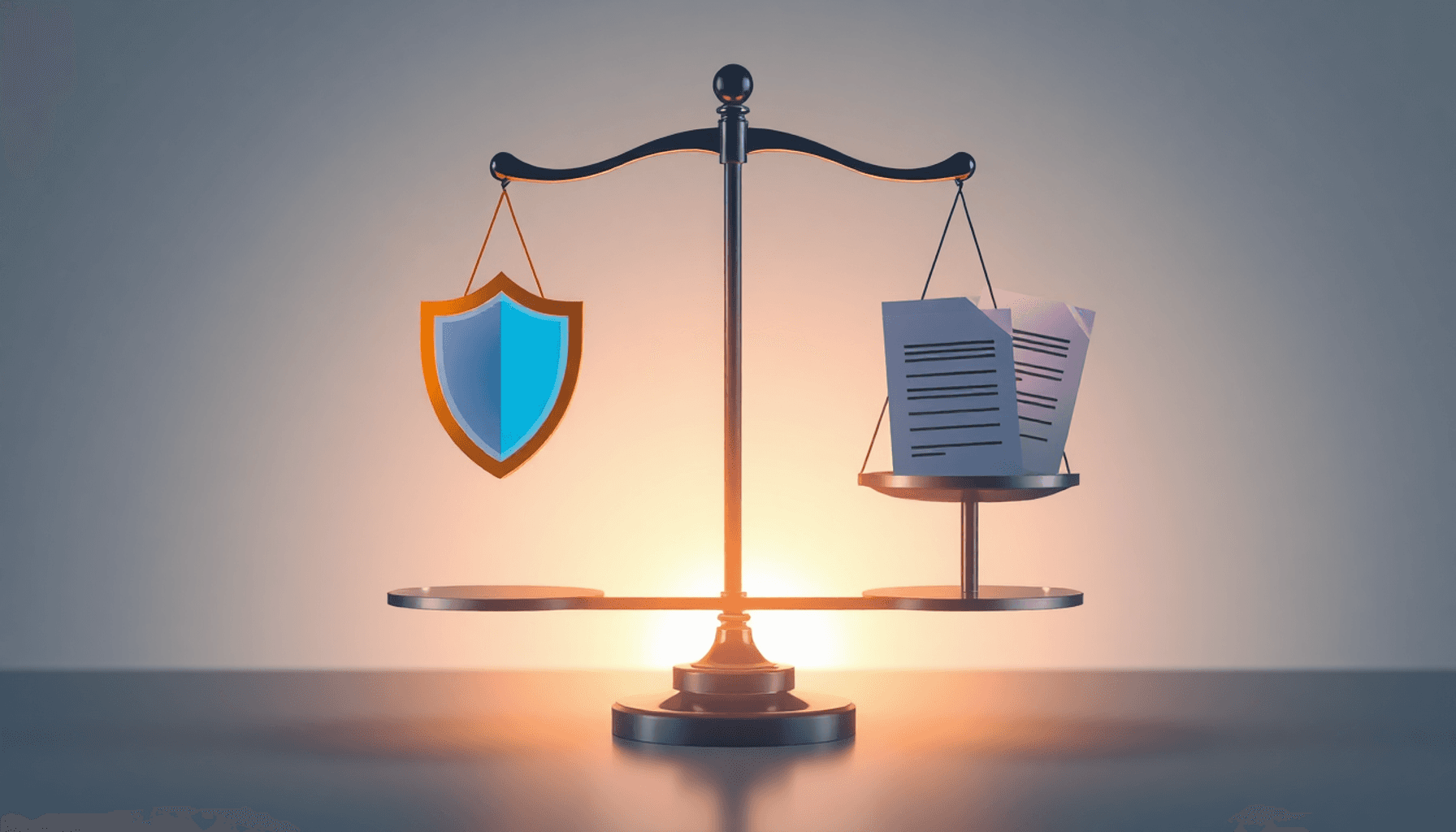In an unexpected but strategically calculated move, the government has announced a temporary halt on certain tariffs in an effort to stimulate economic growth and alleviate the financial burden on consumers. This decision marks a significant shift in economic policy, aimed at providing relief to industries struggling under the weight of global trade tensions and supply chain disruptions. By pausing these tariffs, the government hopes to foster a more favorable environment for both businesses and consumers, potentially setting the stage for a broader economic recovery.
The tariff pause is a response to mounting pressures on multiple fronts. Over the past few years, tariffs have been a double-edged sword. While initially introduced as a means to protect domestic industries and level the playing field, they have, in some cases, escalated into broader trade conflicts that have strained international relations and disrupted supply chains. The ripple effects have been felt across various sectors, with businesses facing increased costs that are often passed on to consumers in the form of higher prices. As inflationary pressures have mounted, the burden on household budgets has become increasingly pronounced, necessitating swift and decisive action from policymakers.
By implementing a tariff pause, the government is signaling its commitment to relieving some of this pressure. This decision is likely to be welcomed by industries that have been lobbying for a reduction in trade barriers. Manufacturers, in particular, stand to benefit as they often rely on components and raw materials sourced from abroad. For them, tariffs have been a significant cost factor, affecting their competitiveness and profitability. By easing these trade barriers, manufacturers can anticipate a reduction in input costs, which could translate into more stable pricing for consumers and increased investment in growth and innovation.
The timing of this move is critical. As the global economy gradually emerges from the shadows of the pandemic, there is a growing need to reestablish robust supply chains and stimulate consumer spending. With many economies still grappling with the aftereffects of lockdowns and disruptions, the tariff pause is seen as a proactive measure to support recovery efforts. By reducing the cost of imports, the government is effectively boosting the purchasing power of consumers, which could lead to an increase in demand for goods and services. This, in turn, would provide a much-needed boost to domestic businesses, potentially leading to job creation and further economic expansion.
Moreover, the tariff pause could serve as a diplomatic overture, signaling a willingness to engage in more constructive dialogue with key trading partners. Trade relations have been strained in recent years, with tariffs often used as bargaining chips in broader negotiations. By stepping back from some of these trade barriers, the government is extending an olive branch, which could pave the way for more collaborative and mutually beneficial trade agreements. This move could enhance the country’s standing on the global stage, fostering a more stable and predictable trading environment that benefits all parties involved.
However, the decision to pause tariffs is not without its challenges and critics. Some argue that reducing tariffs could undermine domestic industries that have benefited from protectionist measures. There is a concern that without these safeguards, certain sectors may struggle to compete with cheaper imports, potentially leading to job losses and economic instability. Balancing the interests of different stakeholders will be crucial to ensuring that the tariff pause achieves its intended objectives without causing unintended harm.
To mitigate these risks, the government is likely to employ a targeted approach, selectively pausing tariffs on specific goods and materials that are deemed essential for economic recovery. This strategy allows for a nuanced application of tariff policy, ensuring that key industries continue to receive support while broader economic goals are pursued. Additionally, the government may implement complementary measures, such as providing incentives for domestic production and innovation, to bolster the competitiveness of local industries in the face of increased foreign competition.
The success of the tariff pause will ultimately depend on how it is integrated into a broader economic strategy. It is not a panacea but rather one component of a multifaceted approach to economic recovery. Policymakers will need to closely monitor the impact of this measure, ready to make adjustments as necessary to address any emerging challenges. Continued dialogue with industry leaders, trade partners, and other stakeholders will be essential to ensure that the tariff pause delivers the desired outcomes.
In conclusion, the government’s decision to initiate a tariff pause represents a bold step towards fostering economic recovery and easing consumer costs. By reducing trade barriers, the government aims to alleviate financial pressures on businesses and households, stimulate consumer spending, and enhance international trade relations. While challenges remain, the strategic implementation of this policy has the potential to catalyze a period of renewed growth and prosperity. As the global economic landscape continues to evolve, this tariff pause could serve as a pivotal moment, redefining trade dynamics and setting the stage for a more resilient and interconnected global economy.






